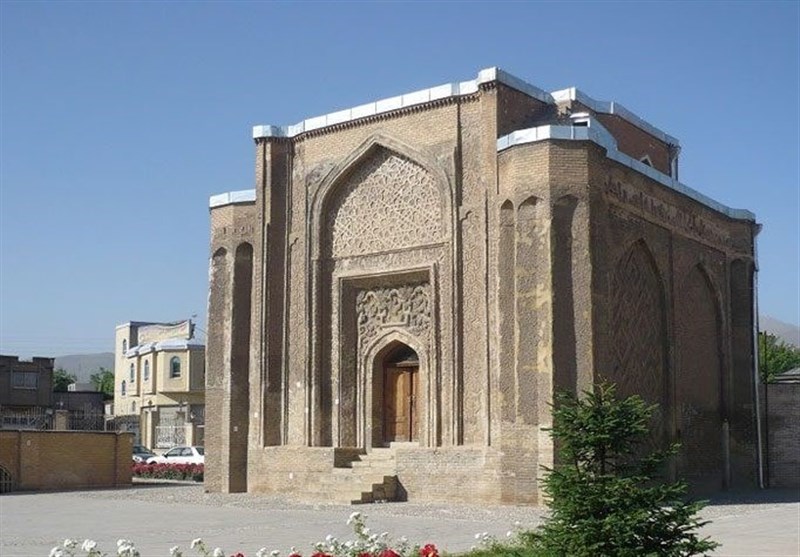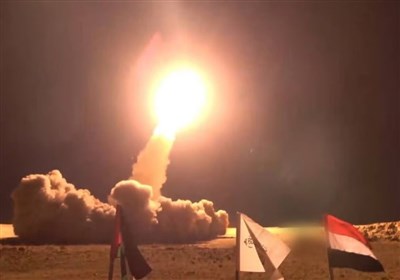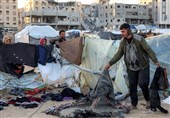Alavian Dome: A Paramount Works of Islamic Architecture in Iran
TEHRAN (Tasnim) - Alavian Dome in Hamadan, west of Iran, is located in a garden of the same name. The structure was initially a mosque built by the Alavian family during the Seljuq era (1038-1118) and later became a family crypt.
This 10th century structure once had a dome, which collapsed over time. With its unique stucco reliefs and delicate brickwork, this cube-shaped structure is an outstanding example of Persian-Islamic architecture.
It`s one of the architecture masterpieces after Islam in Hamedan. It was recorded in national monument list on 26th of December on 1931.
The interior of the structure has been lavishly decorated with stucco inscriptions, which are presumed to have been added during the Ilkhanid era, in the Kufic calligraphy hand.
There is a rectangular plaque with stucco honeycomb patterns and flower motifs above the entrance of the structure. The outer frame of this plaque bears stucco reliefs of Quranic inscriptions in the Kufic calligraphy hand.
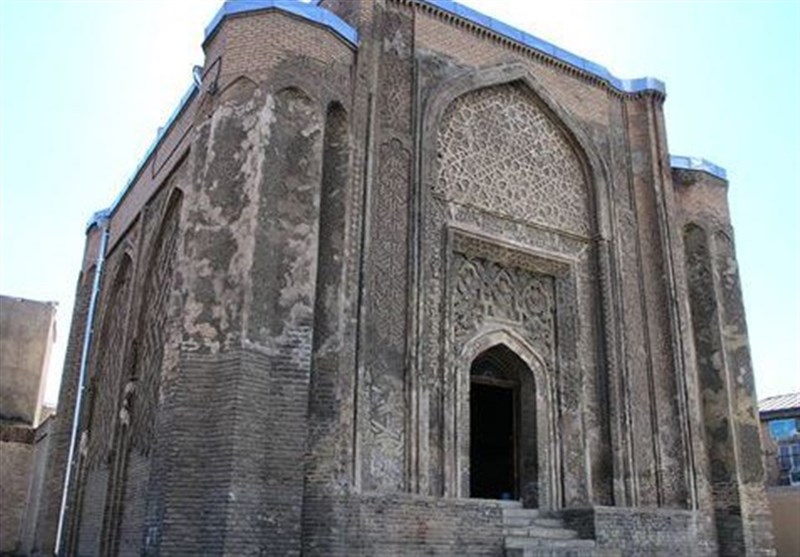
It looks like the red dome of Maragheh which was built in the year 542 AH. Its interior dimension and rich decoration, eye-catching and mysterious, is somewhat similar to the building of Qazvin Heydarieh dome, built in the early 6th AH century.
It was built like a four-sided cube in size 8/12 in 5/12 and a height of 5/11.
There are four columns, like towers in four corners of the building, with 5/9m height, 2 meters diameter.
Each of towers has five triangular arches. Over the entrance and inside the rectangular box, there are beautiful decoration including intertwining flowers and plants.
In every corner, there are two arches and arch decorative façade in east-west sides, covered with a beautiful design.
The dome's sanctuary located on the south side with beautiful decoration has added to the richness of building.
Few high skylights, adjoining the ceiling give a good lightening to the area.
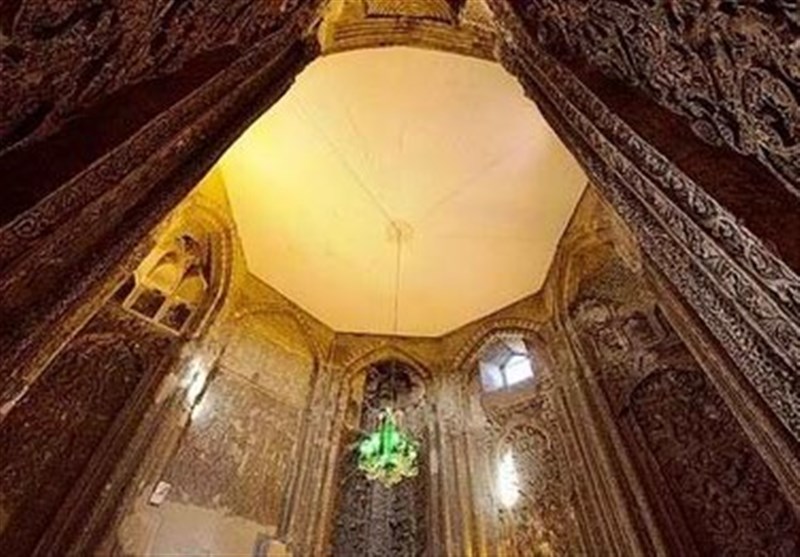
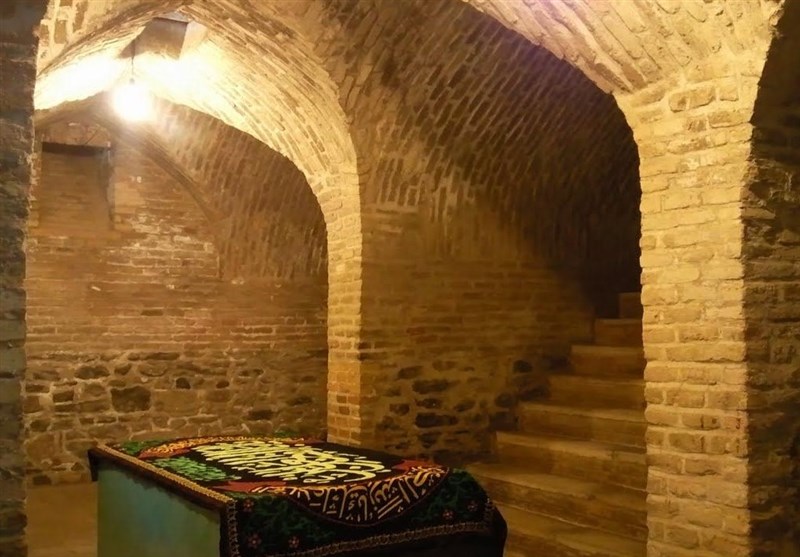
The small cellar is the tomb of two elders of Alavian family. The interior area is formed of six rooms with arches. Cube-shaved graves covered with turquoise bricks are in the center.
Source: Iran Gazette
